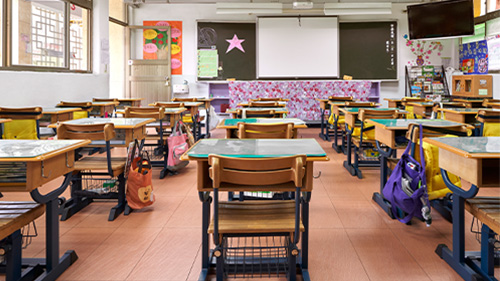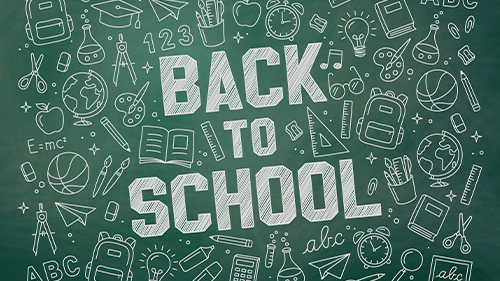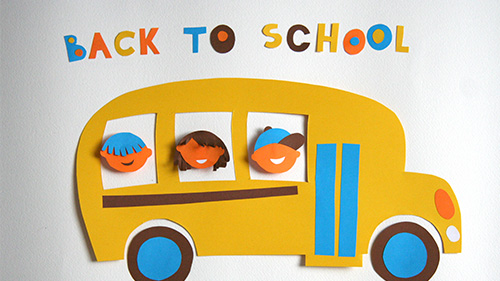How To Manage Your Classroom And Keep Your Patience
Here’s my one caveat, if you’re bothered by a lot and expect quiet student perfection, this might not be the classroom management plan for you. But...
AP & Honors Mathematics
Explore Wiley titles to support both AP and Honors mathematics instruction.
Literacy Skills & Intensive Reading
Connections: Reading – Grades 6–12
Empower student success with a proven intensive reading program that develops strong reading skills in striving readers.
Drama, Speech & Debate
Basic Drama Projects 10th Edition
Build students’ confidence and competence with comprehensive, project-based theatre instruction.
Literature
Connections: Literature
Support learners as they study dynamic, relevant texts and bring the richness of diverse voices to students through literature.
Literature & Thought
Develop critical thinking, reading, and writing across literacy themes, genres, historical eras, and current events.
Language Arts
Vocabu-Lit® – Grades 6–12
Help students build word power using high-quality contemporary and classic literature, nonfiction, essays, and more.
Connections: Writing & Language
Help students develop grammar, usage, mechanics, vocabulary, spelling, and writing and editing skills.
Reading/English Language Arts
Measuring Up to the English Language Arts Standards
Incorporate standards-driven teaching strategies to complement your ELA curriculum.
English Language Learners
Measuring Up for English Language Learners
Incorporate research-based best practices for ELLs with an approach that includes a focus on language acquisition strategies.
Mathematics
Measuring Up to the Mathematics Standards
Incorporate standards-driven teaching strategies to complement your mathematics curriculum.
Foundations
Measuring Up Foundations
Help students master foundational math skills that are critical for students to find academic success.
Science
Measuring Up to the Next Generation Science Standards
Give students comprehensive NGSS coverage while targeting instruction and providing rigorous standards practice.
Assessment
Measuring Up Live
Deliver innovative assessment and practice technology designed to offer data-driven instructional support.
For a better website experience, please confirm you are in:
3 min read
Carmel McDonald Aug 22, 2022 9:23:54 AM

We needed that summer break. We deserved that summer break. As my students would say, no cap!
But the sales coupons are starting to arrive in the mail. The targeted ads ("Target"-ed ads?) are really on point. The former patio furniture section of the grocery store is now home to eighteen styles of Paw Patrol backpacks.
So, let’s just face it, teachers. Resistance is futile. It’s "go" time.
For most of us, the most looming task is getting the desk-chair-book-cord jumble into some semblance of order. And though the idiom "rearranging the furniture" means spending time on a pointless activity, I would argue that in a classroom setting, arrangement matters a lot.
The design of the learning environment plays a huge role in student learning. And I don’t just mean for the sake of our first-day-of-school Instagram story, or to be the cutest in the hallway. The way we construct our learning space will have a direct impact on student concentration, communication, conversation, and management.
Here are 10 questions I ask myself each year as I set up my classroom.
Each year I walk the room a few times before day one and make sure my configuration allows for ease of movement. Even if my room is packed, can I access and interact with every student without being a contortionist? Is circulation possible?
After all, speaking and listening skills are direct objectives and essential to the learning process. Here's an equally valid question: can students ignore each other in this configuration also?
I have found over the years that getting the logistics of classroom life over with in the first minute means we can get to work quickly and get into learning mode pronto. I have students enter the room, proceed to this designated spot, do what might need to be done: hand in their work to an inbox, put field trip money/permission slips/notes from mom/lunch money/one-of-the-gazillion-papers-we-deal-with into another box, sharpen or grab a pencil, possibly grab a bellringer assignment, then head to their desk. (Call me Mrs. Fussybritches, but I refuse to be handed papers.)
Desk placement is significant, but open area is too. Is there space for students to move around when they need to? (Movement is an essential part of engagement.) Are the aisles wide enough for passage that doesn’t distract others? Is there easy access to the teacher’s desk? Garbage can? Kleenex box?
Can their work be seen when it needs to be? Can it be private when it needs to be? Where (and when) can they charge up?
Is there a space for a small-group meeting? Or a one-on-one conference with me? How can I comfortably and non-invasively read what's on a student's screen if they need feedback? Am I facing a student, or coming alongside? (I would argue that "alongside" posture is worth its weight in Ticonderoga pencils when it comes to bang-for-your-buck pedagogy.)
Even if it's not formalized, where would I encourage a crying student, or escalated student, to go? It's worth thinking through ahead of time.
Maybe it's a "Wall of Fame" (as suggested by Baruti Kafele in Closing the Attitude Gap... phenomenal book), or maybe it's an "On-a-Roll" wall or a Brag Board. Decorating the space with student artifacts communicates to students that what they produce has value. If you are short on wall space, consider posting work on closet doors, clotheslines, or even the ceiling.
We want students to "own" the room also. Are flowers and ruffles the way to go? In another article I'll rant about the heavily feminine aesthetic of "Pinterest-ing" classrooms.
I have found that walking a few steps and pointing to a rule is a quiet, effective, unemotional way of re-directing a class or a student. Sometimes tapping a rule speaks louder than repeating one.
Good luck, my fellow educators, in creating a space that will work for you and your learners. I hope that with each shuffle of a desk, or hanging of a poster, or stocking of a shelf, your excitement about the new school year will grow.
Carmel McDonald has taught middle school ELA in both British Columbia and Michigan, and has learned that tweens are tween-ish everywhere. She digs that. In 2019, Carmel was named Jackson Magazine’s Teacher of the Year. Carmel has nineteen adventurous years behind her as an educator, and is enjoying year twenty.

Here’s my one caveat, if you’re bothered by a lot and expect quiet student perfection, this might not be the classroom management plan for you. But...

For students, the back-to-school checklist mainly consists of the standard list of supplies, the requisite instructional materials, and maybe a new...

An exit ticket can be an effective way to determine if students are understanding what they are being taught. They provide immediate feedback, while...

This will be my 12th year teaching high school ELA, and you could say I’ve learned a few things that I wished I knew going into year one. One thing...

School leaders in today’s educational environment recognize that the school year does not begin on the first day of classes. It starts with careful...

May is Mental Health Awareness Month. It’s also the last full month of school for traditionally-scheduled districts. I think mental health is the...

With schools thrust into online education models, it is more important than ever to ensure the proper support is in place for all students. How can...

Congratulations—or maybe condolences? You just found out you are teaching an Advanced Placement® (AP) English class next year. Whether it’s AP...

It’s a month before the AP exam and you’re freaking out- You're trying to think about what you need to review with your students, what you should ask...

Light the menora, hang the mistletoe, and slip on your fuzzy socks—here are 6 YA books that will help get you in the holiday spirit!

Something I think students with siblings might be able to relate to is competing with each other to please their parents or be the best. In some...

ELA Teacher and creator of languageartsteachers.com Laura Kebart walks you through 10 easy ways to integrate vocabulary instruction in your Middle...
